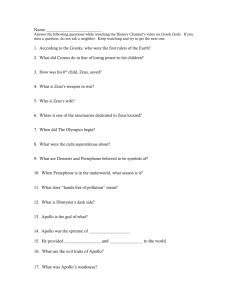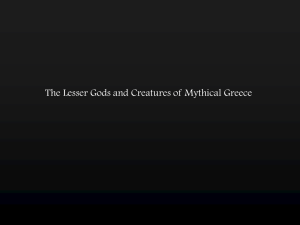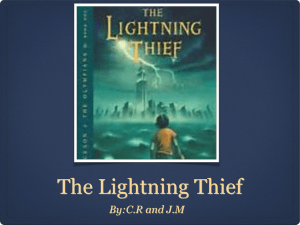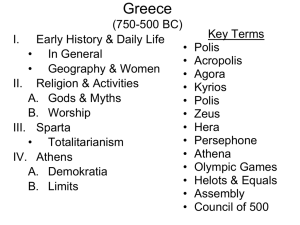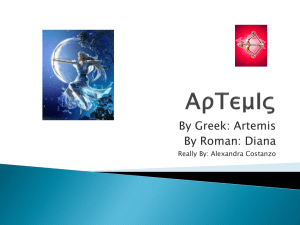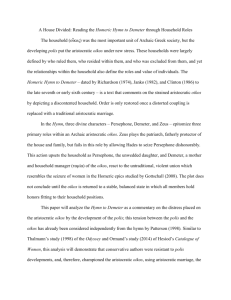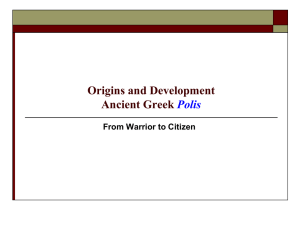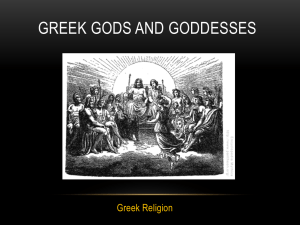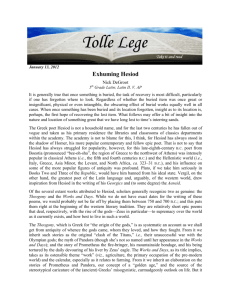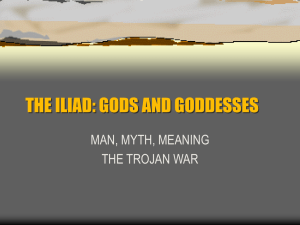lecture 8b: dark ages
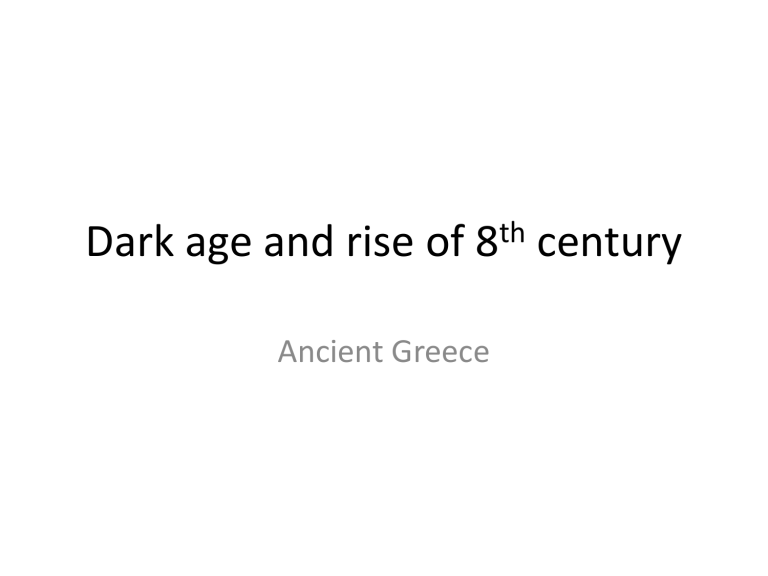
Dark age and rise of 8 th century
Ancient Greece
Dark age
• >1100bc – 700bc<
• Devastation at fall of Bronze Age reduced the
Mycenaean civilization and its palatial economy
• The terminus ad quem for the dark age is the
Archaic period, marked by the rise of the citystate (polis)
Dark age
• Some locations continued (e.g. Athens)
• Communities on Aegean recover within a couple generations
• Technological innovation: ~1050
– Pottery (protogeometric period 1050-900)
– IRON
• Population shifts to the east; Aegean is the
“Greek sea”
Dark age
• Iron age reflection on the Bronze: an age of heroes
– Basileus: the chieftain of a house or village (cf.
Wanax)
– Chieftain’s house (Lefkandi)
• Protogeometric period
(1150-900) gives way to …
• Geometric period
(900-700)
Dark age
Dark age
• Poetry
– Oral: Homer and the cycles
– Instrumental accompaniment
– 16000 lines of Iliad; 12000 lines of Odyssey
• Details of poetics: formulaic orality
• Advent of writing fossilizes formulae
• Plots and major themes
– What the epics can tell us about Bronze Age Greece
– What the epics can tell us about Dark Age Greece
Dark age
• “Homeric” society
– Demos: space and people
• Basileus
• Farm and village
• Demos and polis (=main town of demos)
• Oikos (household): smallest unit of Dark Age society
– Men and women and oikos
• Marriage and paternal anxieties
• Labor
– Thetes
Dark age
• “Homeric” society
– Governmental institutions
• Boule (council that met in megaron)
• Ecclesia (assembly that met in agora)
• Basileus’ role confirmed by Zeus
– Foreign relations
• Xenia
– Social values
• Agathos vs. Kakos
• Time
• Aristos (cf. Hesiod’s Eris – Strife)
Dark age
• “Homeric” society
– Women
• Strong women in Homeric epic
• Nevertheless dependent on males
• Contributed to public opinion, but no political rights
• Enjoy protection as members of oikos
– Gods and mortals
• Pantheon set by Homer and Hesiod
• Theogony; Naturism; Anthropomorphism
• Divine attributes; Belief; Sin and punishment; afterlife
• Cultus
Dark age
• End of the Dark age: 8 th century
– A Greek “renaissance”:
• Rise of landowning aristocracy
• Colonization
• Alphabet and writing
• Art and architecture
• Panhellenism
Dark age
• End of the Dark age: 8 th century
– Rise of landowning aristocracy
• Population growth affects relative size of kleros
• Another option is colonization
– Colonization
• Accompanied by growth of trade abroad
– Alphabet and writing
• Contact with the east: the (Phoenician) phonetic alphabet
• Α Β Γ Δ Ε Ζ Η Θ Ι Κ Λ Μ Ν Ξ Ο Π Ρ Σ Τ Υ Φ Χ Ψ Ω
α β γ δ ε ζ η θ ι κ λ μ ν ξ ο π ρ σ τ υ φ χ ψ ω
• End of the Dark age: 8 th century
– Art and architecture
• Late geometric period (750-700)
• Images burst onto the scene
• Orientalizing elements
• Monumental temples
Dark age
Dark age
• Panhellenism
– Religious sanctuaries = festivals = athletics
– Zeus & Hera at Olympia
– Apollo & Artemis at Delos
– Zeus at Dodona
– Apollo at Delphi
• 776: first Olympic Games
• Greek sense of identity: heritage, language, religion
• Cult heroes
Dark age
• Panhellenic Games
– Olympic: near Elis (Zeus: olive)
– Pythian: near Delphi (Apollo: laurel)
– Nemean: near Nemea (Zeus: celery)
– Isthmian: near Corinth (Poseidon: pine)
• Events
-- Glory for the competitor; glory for the polis
Dark age
• Legacy of the Dark age
– A literature that starts a tradition
– A population that grows a polis
– A world around the Aegean that is common in language and religion
– A civilization about to grow into the Archaic Period
